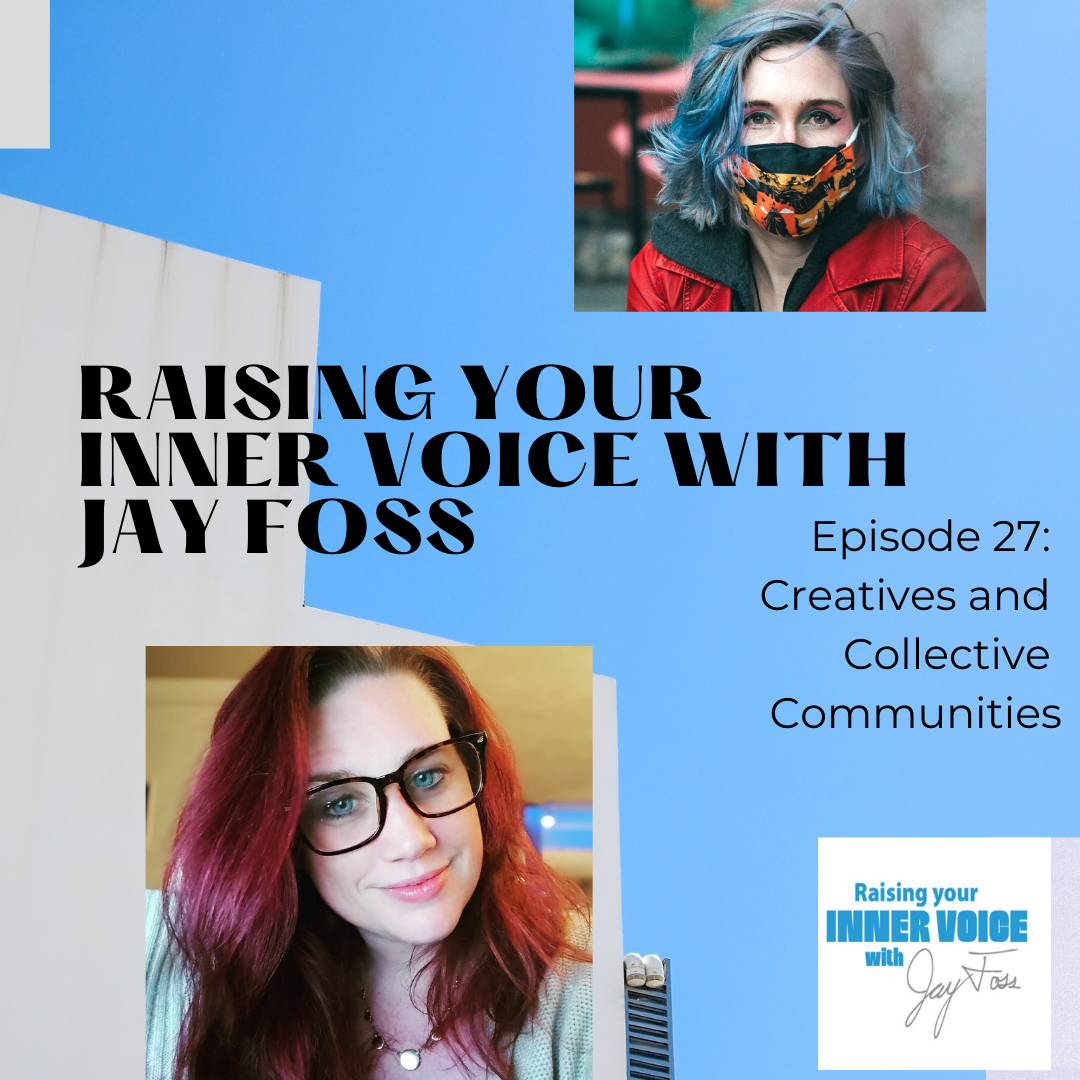by Dinah Cardin
from the Peabody Essex Museum
Here in Salem, people are cautious, paranoid. They avoid other people and are fearful about a thing they can’t see or touch. Rumors fly. Science is questioned. Communities are divided. There’s tension in the air. It’s September 2020. But it might as well be the year 1692.
Join me and Chip Van Dyke, your hosts of the PEMcast, as we go beyond the often-told story of the Salem witch trials to give you a deeper understanding of what happened. We’ll explore what life was truly like in a 17th-century home, go to key sites around the city and even find ourselves on a hilltop in Maine. A selection of the largest collection of Salem witch trial documents goes on view at PEM on September 26, with the opening of The Salem Witch Trials 1692. Visitors can also see, from PEM’s collection, possessions related to the judges, and the 25 innocent people tragically died.
We start with Kristina Stevick, artistic director of History Alive. Since 1992, History Alive has offered an immersive theater experience on the streets of Salem called Cry Innocent: The People Versus Bridget Bishop.


“Puritans had such a different way of looking at the world than we do, a much more literal way,” says Stevick. “There’s a literal Devil waiting to bring you over to his side. God speaks in literal ways through nature with signs and wonders and portents, and things were a lot more black and white. We have a tendency to think, ‘Oh those dumb Puritans. They were so bloodthirsty.’ But we are clearly just as capable in our time and place of doing things like that.”
Stevick explains that her husband wrote the play to “inspire empathy,” one of the most valuable lessons of the witch trials. This fall, the world can experience the first virtual experience of Cry Innocent, as alumnae from more than 20 years of the show came back to film in Salem’s Pioneer Village, a recreated three-acre Puritan village.
“I think that living in this history is a gift in so many ways,” says Stevick. “It’s definitely a lens through which I view our contemporary situations. Being a mom of kids who are familiar with these stories, it enables these really interesting conversations around the dinner table about justice, about intent. People come to Salem, move to Salem because they’re interested in public history. And that makes for such a rich community of go-getters, people who are interested in understanding who we are and that makes for such a rich community life.”


We go behind the scenes at the Ward House with Steven Mallory, PEM’s Manager of Historic Houses and Landscapes, and see where a family would have sat around the dinner table in 1692 — discussing the heart-wrenching sounds of despair coming from the jail next door.


We take you to see the official documents with Dan Lipcan, Head Librarian of PEM’s Phillips Library, as we examine one at a time, death warrants, petitions and invoices, as well as books related to witchcraft. On view for the first time in 30 years, these materials are exceedingly rare and light sensitive. The collection includes around 550 court documents, most of which are on deposit from the Massachusetts Supreme Judicial Court.


“This is the truth of the story we’re presenting … not the cartoon version of it,” says Lipcan. “And I think it’s really important that people realize that this really happened, these were real people that went through this.”
Also in this episode, the staff of the Salem Witch Museum and Salem Mayor Kim Driscoll discuss the legacy, the reason one million tourists come here every year. This October, the streets of Salem will be very different — missing the buskers, the over-the-top creative costumes and the hype of the city’s Haunted Happenings festival — nonetheless, a festive feel will still move into Salem with the crisp fall air. It’s a great time to “be a tourist in your own backyard,” says Kate Fox, executive director of Destination Salem.


“When we have so many descendants coming to Salem and wanting to understand what happened to their family and why, I think seeing the original documents and handwriting is really important,” she adds. “We get so many requests. People want to come and learn more about history and connect to those ancestors, and now they’ll have that opportunity.”


Dark, tragic, unshakable. The history that Salem residents live with comes from a moment in time that has become infamous. You can go anywhere in the world and people know Salem as the Witch City, with its witch logo on police cars, the masthead on the daily newspaper and as the school mascot. We discuss the shame and the legacy of the trials with Emerson “Tad” Baker, assistant provost of Salem State University, who consulted on PEM’s exhibition. Professor Baker shows us a spot behind his house that contributed to the feeling of fear in Salem that preceded the crisis.
The Salem witch trials have cast a long shadow. It wasn’t until 1703 that Massachusetts issued its first pardon for victims of the witch trials. Shame over the atrocity became so ingrained that it took 300 years before a memorial to the victims was constructed in Salem. Today, Salem is a city that has learned from past traumas and strives to be a place of tolerance and peace.
Lastly in this episode, we visit the Salem Witch Trials Memorial on Liberty Street with Voices Against Injustice, the organization responsible for creating the memorial. The design was unveiled by Nobel laureate Arthur Miller, who wrote The Crucible based on the Salem witch trials, and the memorial was dedicated in 1992 by Holocaust survivor and author Elie Wiesel, who noted: “If I can’t stop all of the hate all over the world in all of the people, I can stop it in one place within me,” adding, “We still have our Salems.”
Support Accessibility on the North Shore
Creative North Shore is having ongoing discussion of Accessibility and Disability Awareness leading up to the International Day of Disabled Persons on December 3 and the hopeful introduction of a Disability Parade in 2021. If this is a topic you are interested in or have thoughtful story ideas, please reach out to joeyphoenix@creativecollectivema.com
Organizations to Support
- Northeast Arc
- Disability Resource Center
- Easter Seals
- The Trevor Project
- Lynn Community Health Center
- Boston Center for Independent Living
Do you know of an organization that should be listed here? Let us know at joeyphoenix@creativecollectivema.com








